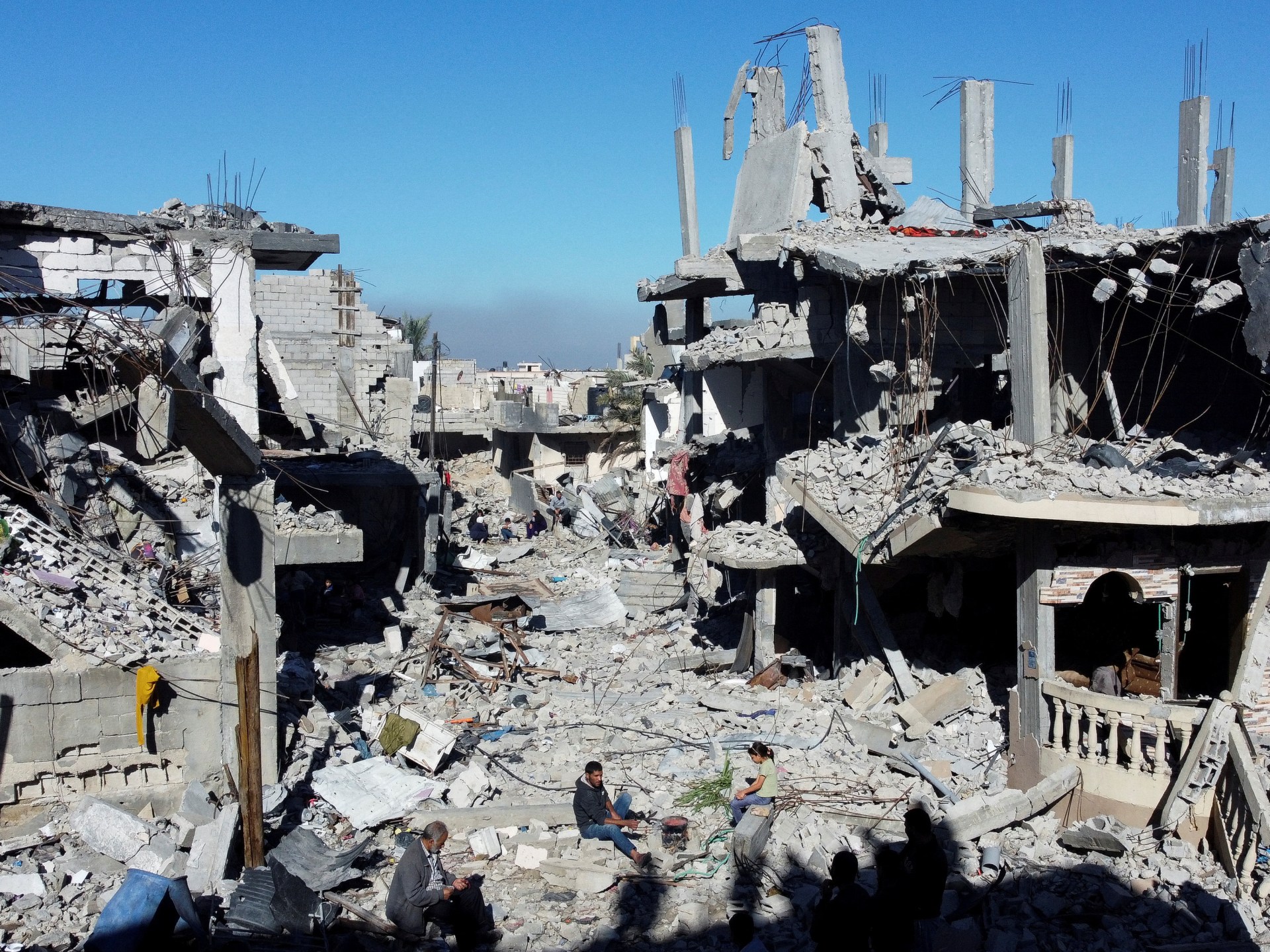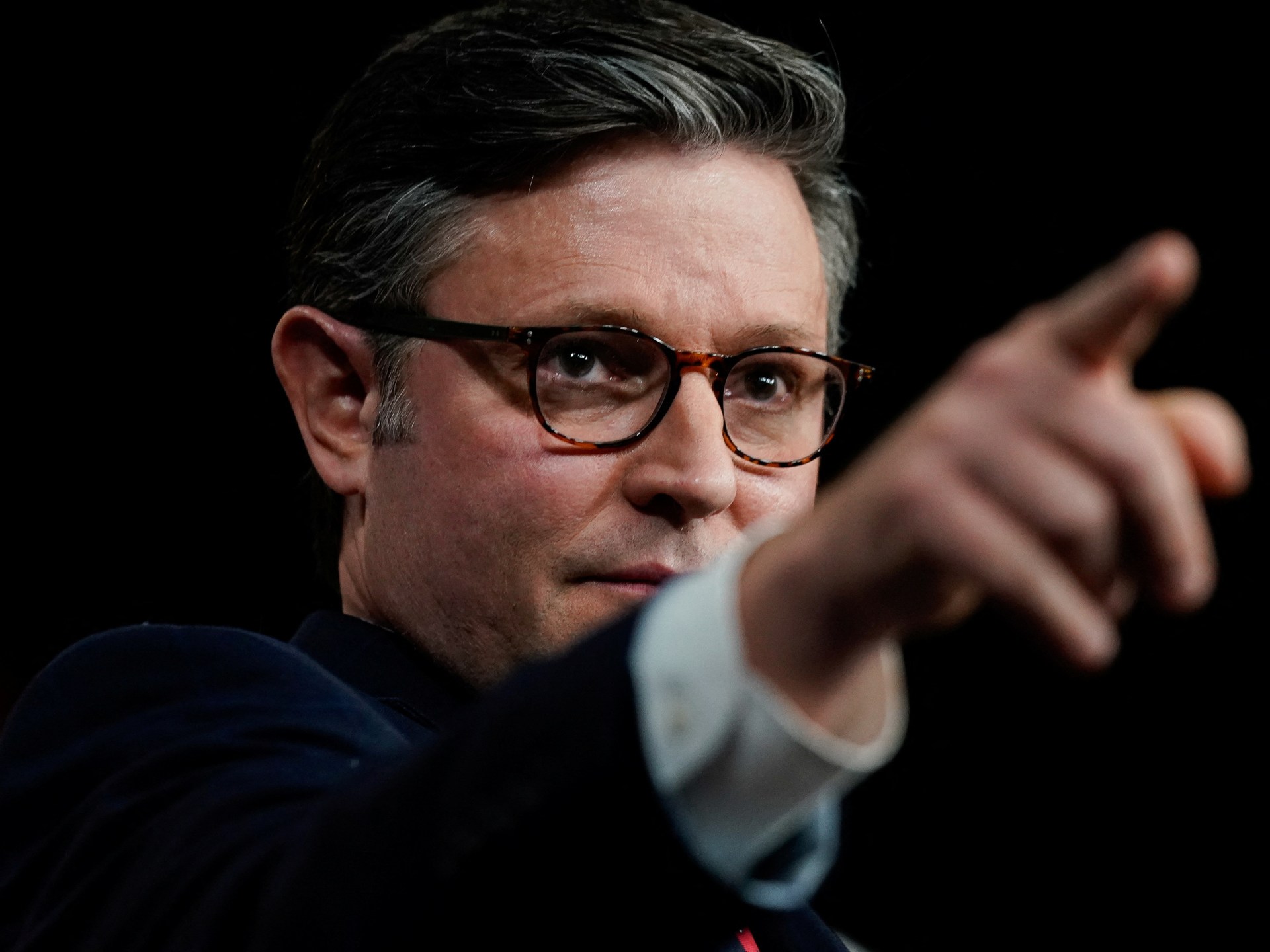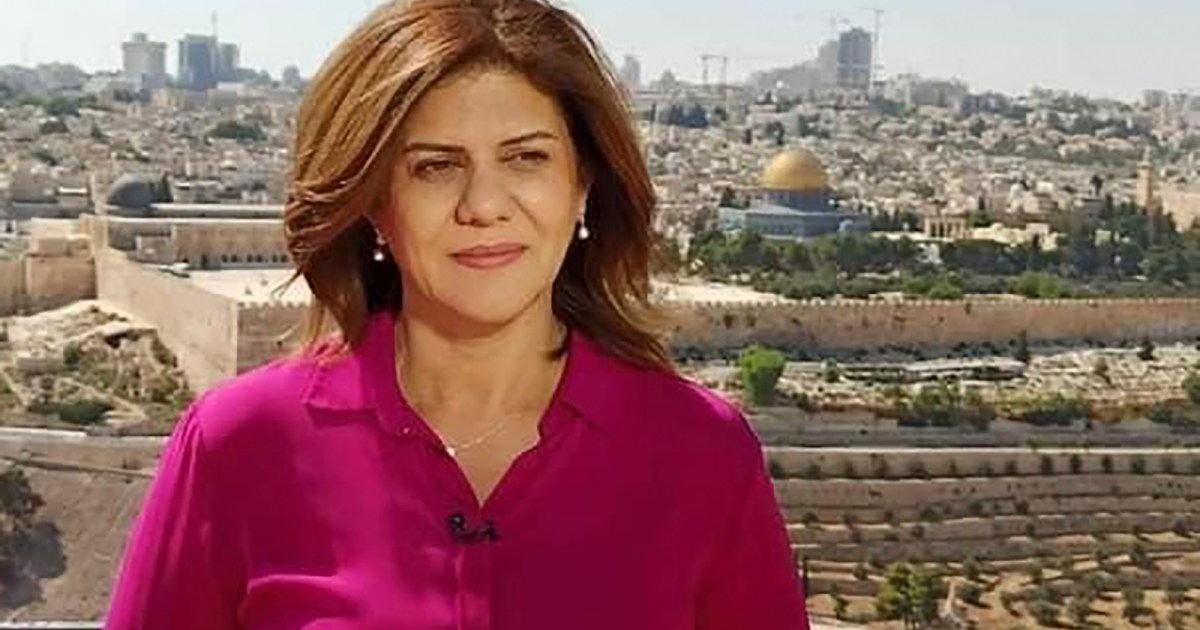Analysis: Why extending the Israel-Hamas truce won’t be easy | Israel-Palestine conflict News
With hours left of the agreed pause in Gaza fighting, Israel, Hamas and the intermediaries negotiating between them were on Wednesday again in a frenzy of activity.
The original truce was to have lasted until Monday, but Hamas decided to accept the Israeli offer to extend the ceasefire by a day for each group of 10 captives released. As the original deadline loomed an extension was proclaimed, but of just two days.
Two is still better than nothing, and the two extra days bought the Qatari and Egyptian mediators extra time to work out how to convince both sides to prolong the truce even further or turn it into a permanent ceasefire.
It has not been easy. While negotiations through intermediaries have been difficult, long and often tedious, they did finally produce some results and an agreement in principle that led to the initial four-day truce and indirectly to the two-day extension. During initial negotiations, Israel unilaterally declared that the pause could be made longer by the release of additional captives, so not much had to be additionally negotiated. Yet, as more time passed, talks through Qatari and Egyptian intermediaries seemed to be dragging, and lists of detainees to be released kept being agreed upon and accepted later and later each day; at one point Hamas even threatened to stop the process and let the truce collapse.
Now, on Wednesday evening, the situation appears to be more complicated than ever. Hamas announced that it is seeking a further four-day extension, and even hinted at being ready to negotiate the release of all captives it is holding, in exchange for a more lasting cessation of hostilities. At the same time, Israel said it welcomes the possible release of additional captives, but sent mixed messages about the continuation of the pause.
In such an atmosphere of uncertainty mixed with anxiety and hope, international mediators are trying harder than ever. For the past two days, they have been joined in Qatar by the highest officials from the US, Israeli and Egyptian intelligence services.
No announcement has been made of the presence of their Hamas counterparts, but it is very hard to imagine that the Palestinian side would not be represented in such an intelligence summit.
One would expect that, with the experience of two rounds of negotiations, it would be easier to reach agreements on the continuation and expansion of the deals. Yet, there are many signs to suggest that the situation is getting more complicated with talks possibly getting bogged down.
How is it possible that from overwhelming optimism that marked the weekend mass celebrations of former captives rejoining their communities, the talks are now on the verge of failure with the real prospect of fighting resuming on Thursday?
There are several reasons for the apparent reluctance of both Israel and Hamas to prolong the truce by exchanging more captives.
First, tactical and strategic military reasons, mostly on the Israeli side. Over the past few days, several representatives of the Israeli military indicated that they would prefer the current two-day extension of the pause to be the last. Generals told the political leadership that the military believes that fighting should be resumed on Thursday morning.
From the very beginning of the armed intervention, the Israeli army was wary of having to go to war without clearly defined strategic goals. I warned that soldiers detest “open-ended” tasks. Prime Minister Benjamin Netanyahu repeated several times that his goal was to win the war by destroying Hamas, but he obviously never translated that into clear and measurable orders and tasks. Generals prefer to be told: “Go there and do that, if and when you achieve it your job is done”. Their eagerness to resume fighting is by no means an indication that they are bloodthirsty; on the contrary, it tells those who want to listen that they are realists.
Following the 7 October attacks, the Israeli military mobilised 360,000 reservists, deploying them alongside the standing army of 150,000 soldiers. While the fighting went on, each reservist and each unit, whether in Gaza or along the northern front facing Hezbollah, knew exactly what his or her task and purpose was. They were focused, in a military mindset, not overtly influenced by the atmosphere among civilians.
But as they stopped for four days, then for two more, many went home for short rest and were exposed to the doubts, uncertainties, fears and hopes of their families and relatives. For a couple of days, they lived almost as civilians, but, as the original pause was to expire on Monday, they would have had to return to units by Sunday afternoon – the time when the extension was announced. Military bureaucracy then had to decide whether to give them an extra day or two at home or rotate soldiers, with the eventual new group being granted just two days off and so on.
Another extension would further complicate the logistics of leave and rotation, but prolonged semi-civilian life could also damage the determination to fight.
After October 7, Israeli national adrenaline ran high and everyone was ready to fight. Now, seeing that the country’s politics is a mess; the leadership is in poorly hidden disarray and the prime minister is clearly troubled, shaken and insincere, soldiers may start to vacillate.
Aware of potential problems with morale and determination, generals obviously prefer to get the fighting over with, rather than endure more of the stop-go-stop-go orders that in all wars prove detrimental to the fighting capabilities of an army.




